I always love a good lottery hacking story. Jason Fagone for The Huffington Post chronicles the winnings of Gerald and Marge Selbee, a retired couple from a small town in Michigan. It is a story of probabilities, expected values, and arduously buying a lot of tickets to maximize profits.
That’s when it hit him. Right there, in the numbers on the page, he noticed a flaw—a strange and surprising pattern, like the cereal-box code, written into the fundamental machinery of the game. A loophole that would eventually make Jerry and Marge millionaires, spark an investigation by a Boston Globe Spotlight reporter, unleash a statewide political scandal and expose more than a few hypocrisies at the heart of America’s favorite form of legalized gambling.
I think it’s every statistician’s fantasy to crack open a lottery’s flaw using the numbers. No? Just me? Okay, whatever.
The most interesting part though is that the loophole didn’t seem to be that obscure. Selbee just needed a bit of knowledge about big numbers, a pencil, and a napkin to crunch on. Are there more games out there like this? Do I need to start playing the lottery?
See also the statistician who cracked a scratch lottery code and the other statistician who won the lottery four times.

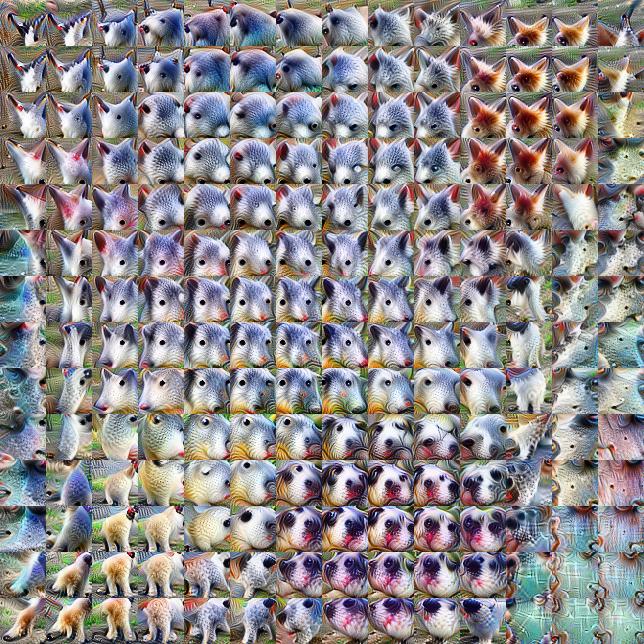

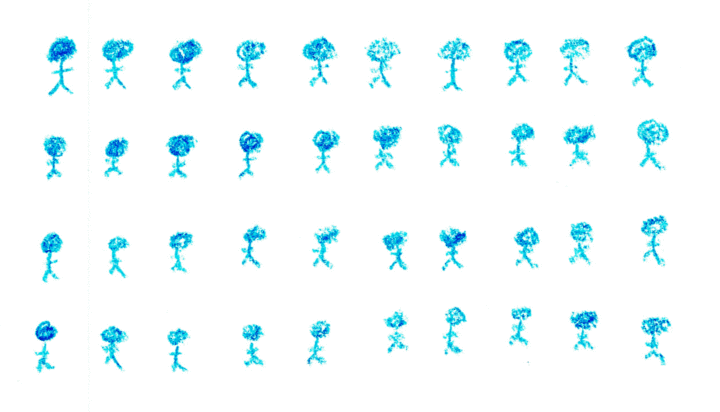
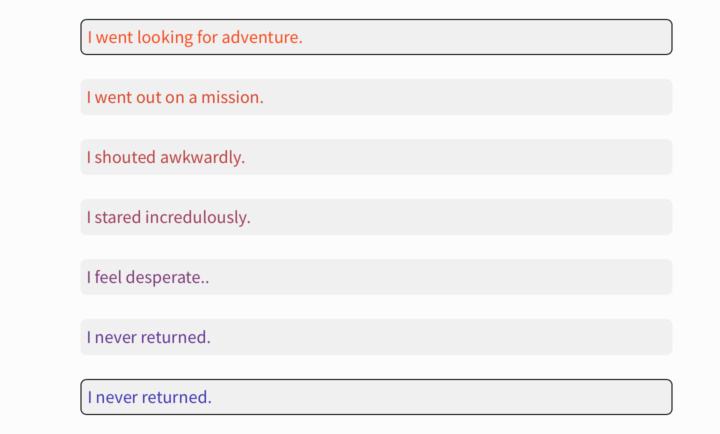
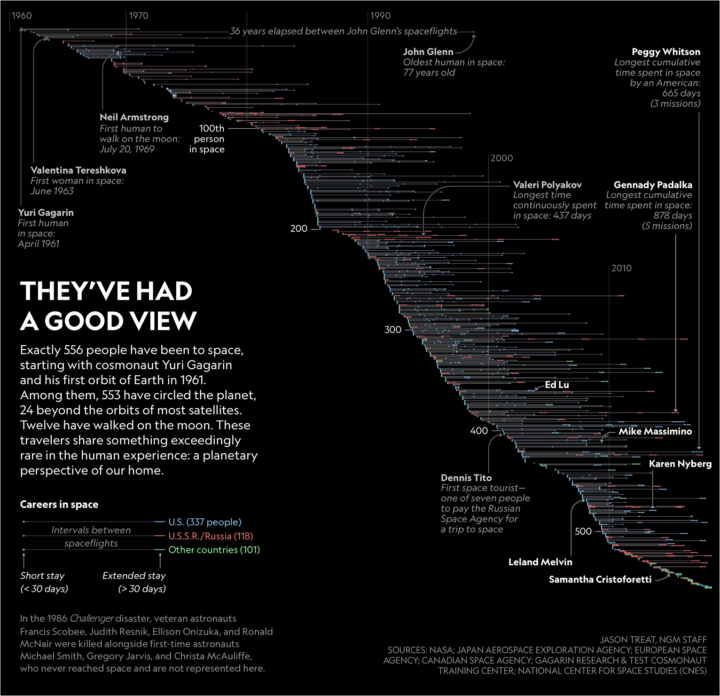
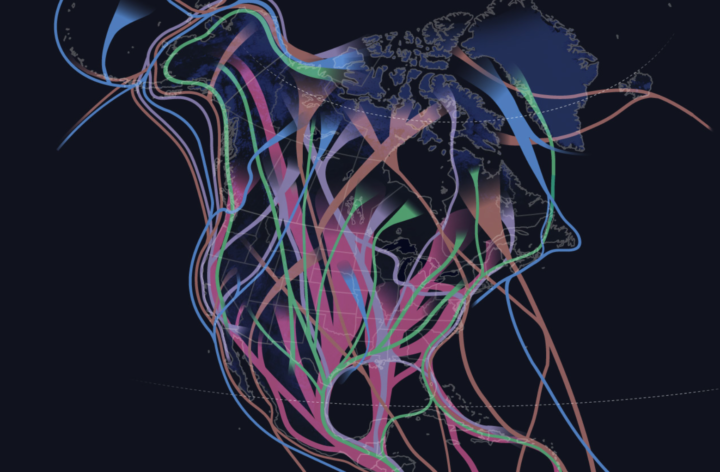

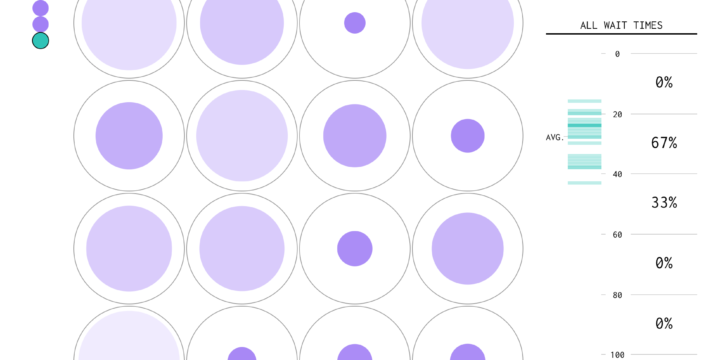

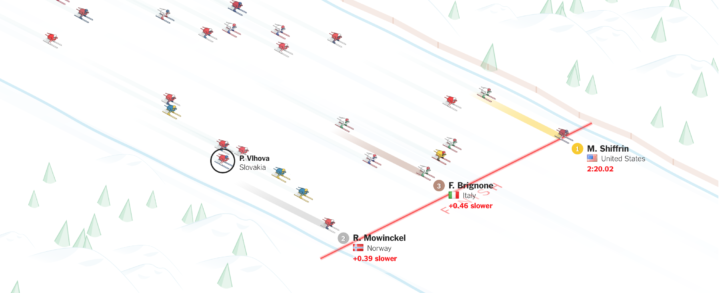
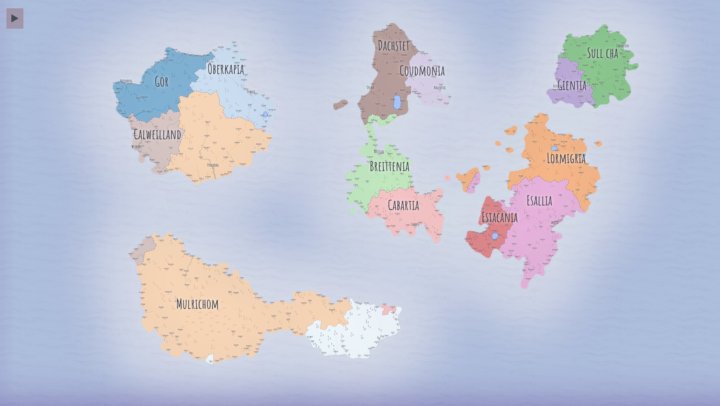
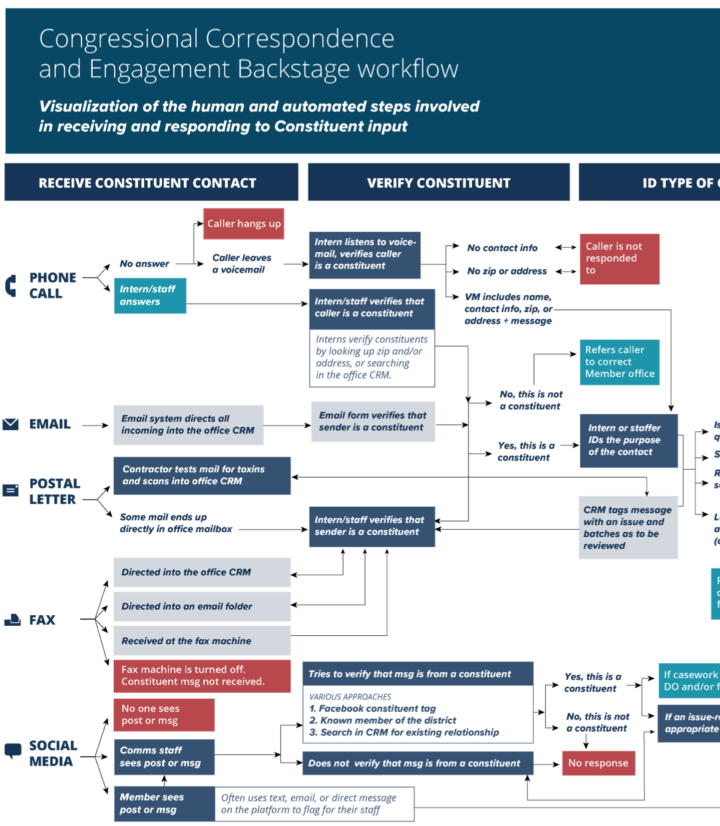
 Visualize This: The FlowingData Guide to Design, Visualization, and Statistics (2nd Edition)
Visualize This: The FlowingData Guide to Design, Visualization, and Statistics (2nd Edition)










